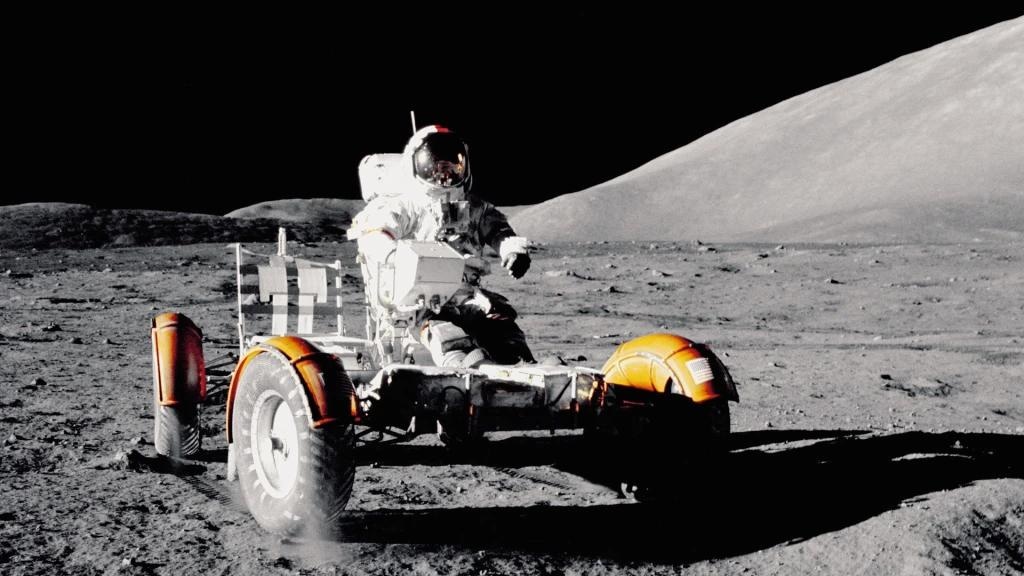Losing the sense of direction can be perilous for aircraft pilots, with spatial disorientation being a leading cause of fatal aviation accidents. However, losing spatial orientation in space is even more hazardous.

Image Credit: Image/Shutterstock.com
In response to this challenge, scientists have introduced wearable devices called "vibrotactors." Combined with specialized training, these devices enhance an individual's ability to combat spatial disorientation, offering a potential solution for astronauts who must navigate when their perceptions become unreliable.
While the sky is no longer the ultimate boundary, space travel is inherently risky. Departing from the Earth's surface means losing many cues necessary for orientation, and spatial disorientation can have life-threatening consequences. Typically, astronauts require extensive training to mitigate this risk. Nevertheless, scientists have discovered that wearable devices equipped with vibration-based orientation cues can significantly improve the effectiveness of such training, making space travel a tad safer.
Long-duration spaceflight will cause many physiological and psychological stressors which will make astronauts very susceptible to spatial disorientation. When disoriented, an astronaut will no longer be able to rely on their internal sensors which they have depended on for their whole lives.
Vivekanand Pandey Vimal, Study Lead Author and Researcher, Brandeis University
The study was published in Frontiers in Physiology.
Personal Space
The researchers conducted experiments involving sensory deprivation and a multi-axis rotation device to assess the effectiveness of their vibrotactors in simulated spaceflight conditions. During these tests, the participants were deliberately deprived of the sensory cues they typically rely on.
The objective was to determine whether the vibrotactors could counteract the potentially misleading cues that participants might receive from their vestibular systems and whether participants could be trained to trust these devices.
A total of 30 participants were recruited for the study, with 10 individuals receiving training to maintain balance in the rotation device, another 10 receiving the vibrotactors, and the remaining 10 participants receiving both types of training.
All participants were provided with an explanation of the rotation device's operation, including how it moved like an inverted pendulum until reaching a crash boundary unless controlled by a person using a joystick.
For those participants who received additional training, it focused on tasks aimed at helping them disengage from their reliance on the vestibular sense and, instead, trust the vibrotactors over their natural gravitational cues.
These tasks involved identifying concealed non-upright balance points, which required participants to override their natural inclination to align themselves with upright positions and concentrate on the guidance provided by the vibrotactors.
In the experiment, all participants were subjected to sensory deprivation, which included being blindfolded, wearing earplugs, and listening to white noise. Those equipped with vibrotactors had four devices attached to each arm, designed to vibrate when they deviated from the balance point. Each participant engaged in a total of 40 trials, with the objective of keeping the rotation device as close to the balance point as possible.
During half of these trials, the rotation device operated on a vertical roll plane, resembling Earth's conditions. In this scenario, participants could rely on their innate gravitational cues for orientation. In the second half of the trials, which simulated spaceflight conditions, the rotation device operated on a horizontal roll plane where conventional gravitational cues became ineffective.
Following each set of trials, participants were asked to rate their level of disorientation and the degree of trust they had in the vibrotactors. The scientists gauged the participants' success by examining the frequency of crashes and their ability to effectively maintain balance under these challenging conditions.
To Infinity and Beyond
In the spaceflight analog, all the groups initially experienced disorientation, as expected, since participants could not rely on their usual natural gravitational cues. Almost all participants reported trusting the vibrotactors, but they also expressed confusion due to conflicts between their internal cues and the vibrotactors' signals.
Despite these challenges, the participants wearing vibrotactors outperformed those who only received training. The group receiving training alone experienced more frequent crashes, moved away from the balance point more frequently, and inadvertently destabilized themselves more often. It's worth noting that the training did have a positive impact. As the trials progressed, the group receiving training and vibrotactors performed the best.
However, even with training, the participants did not perform as well as they did in the Earth analog trials. This discrepancy may be attributed to the need for more time to effectively integrate the cues from the vibrotactors, or it could be that the vibrational signals from the vibrotactors were not potent enough to convey a strong warning of danger.
A pilot’s cognitive trust in this external device will most likely not be enough. Instead, the trust has to be at a deeper, almost sub-cognitive, level. To achieve this, specialized training will be required.
Vivekanand Pandey Vimal, Study Lead Author and Researcher, Brandeis University
If these sensors prove effective in larger-scale trials, the potential applications for spaceflight are numerous. They could assist astronauts in safely landing on the surface of a celestial body or provide support as they navigate outside their spacecraft in the challenging space environment.
Journal Reference:
Vimal, P, V., et al. (2023). Vibrotactile feedback as a countermeasure for spatial disorientation. Frontiers in Physiology. doi.org/10.3389/fphys.2023.1249962